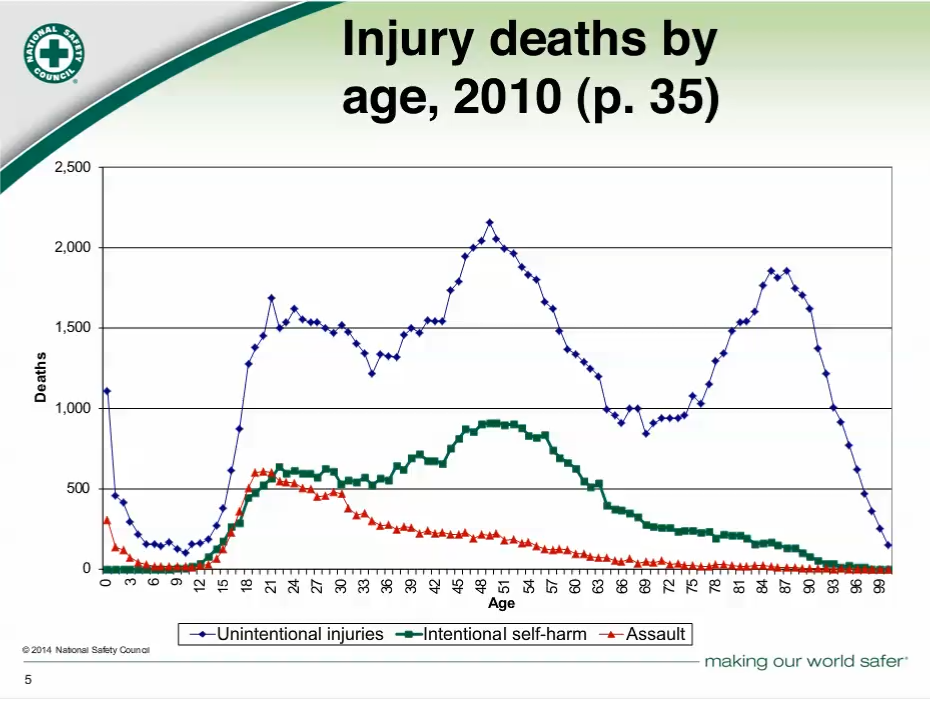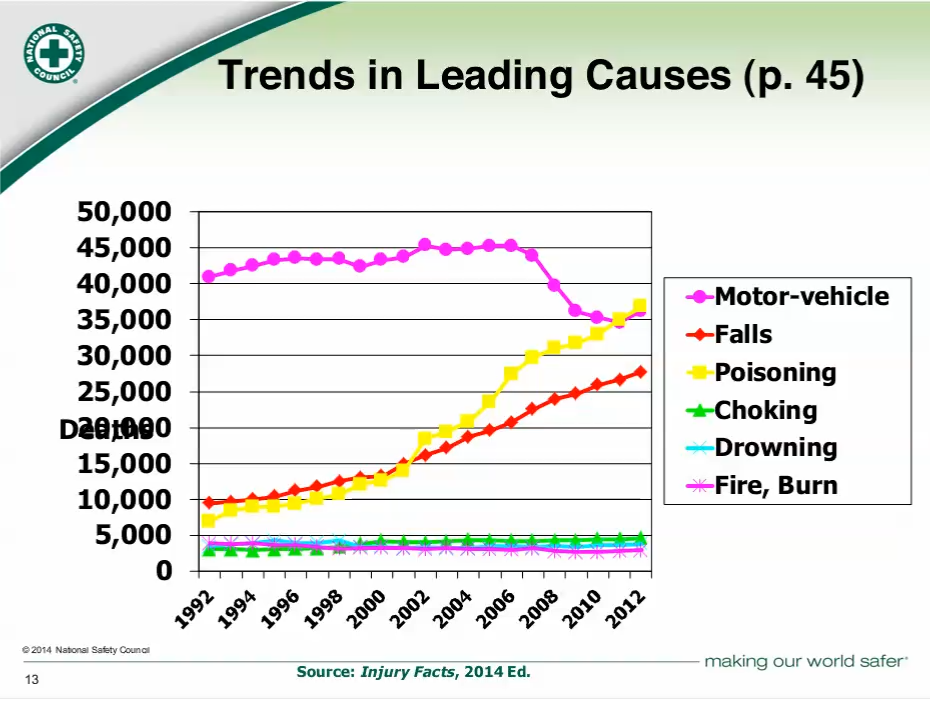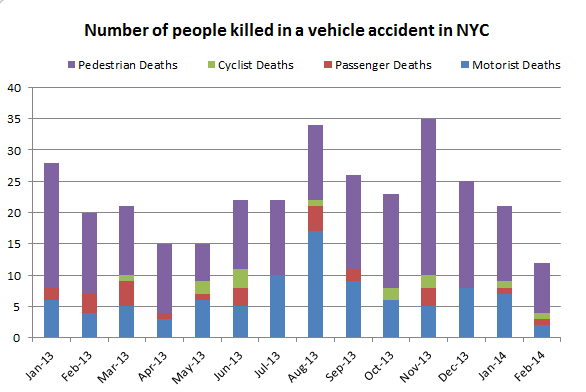Ann Pfau is the Statewide Coordinating Judge of the New York Medical Malpractice Program and former chief administrative judge of the New York State Judiciary. In a recent article in the New York law Journal she looks at two interesting statute of limitations decisions recently handed down by the Appellate Division, First Department, both involving medical malpractice actions, one directly and one indirectly.
In Perez v. Fitzgerald, 2014 NY Slip Op. 00744 (1st Dept. Feb. 6, 2014), the court held that the statute of limitations period for chiropractic malpractice was three years, not the two and one-half years applicable to medical malpractice.
In Cabrera v. Collazo, 2014 NY Slip Op. 00611 (App. Div. 1st Dept. Feb. 4, 2014), the court put the bar on notice that, whatever the medical malpractice statute of limitations may be, an attorney may be liable for legal malpractice if attorney neglect causes the client to miss the statute of limitations-even if the attorney’s death occurs before the statute runs.
 New York Personal Injury Attorneys Blog
New York Personal Injury Attorneys Blog




 The number of people who suffered personal injury in a traffic accident in NYC was also lower compared to the previous month and compared to the same month a year ago.
The number of people who suffered personal injury in a traffic accident in NYC was also lower compared to the previous month and compared to the same month a year ago.